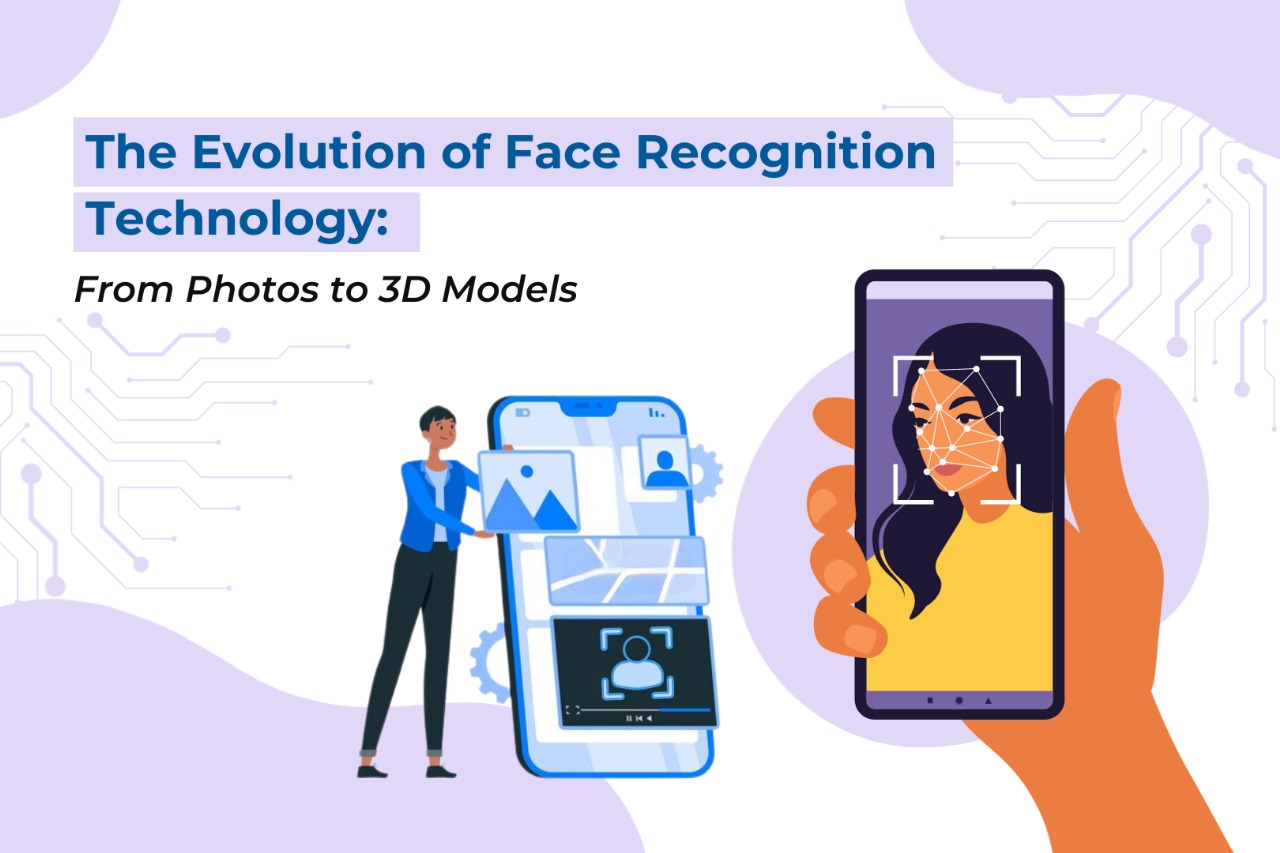The realm of face recognition technology has seen a dramatic evolution, transforming from basic photo recognition to sophisticated 3D models. This journey reflects not only technological advancements but also a growing understanding of the importance of accurate and efficient facial identification systems. From its inception as a novel concept to its current status as a staple in security and personal technology, face recognition has continually pushed the boundaries of how we interact with and understand technology. It stands as a testament to the incredible strides made in the field of digital identification and personal security, reshaping our approach to privacy, convenience, and user experience.

The Beginnings of Face Recognition
The early stages of face recognition technology were rooted in simple face detection technology. Initially, these systems were designed to identify facial features in photographs, using basic algorithms to detect patterns resembling human faces. This form of face detection technology was groundbreaking for its time, laying the foundation for more complex systems. It marked the first step in a journey towards creating machines that could interact with and understand human features in a way that was previously the realm of science fiction. These initial systems, although rudimentary by today's standards, opened up a world of in vpossibilitiesarious fields, from security to photography. They were the precursors to the sophisticated facial identification technologies we see today, offering a glimpse into a future where technology could recognize and respond to human faces with accuracy and efficiency.
Advancements in Face Detection Technology
As technology progressed, face detection technology became more refined. The focus shifted from mere detection to actual recognition and identification. This phase saw the development of algorithms capable of analyzing specific facial features and comparing them to a database of known faces. This advancement in facial identification technology was a significant step forward, allowing for more accurate and reliable recognition.
The Era of 3D Modeling in Face Recognition
The latest breakthrough in face recognition technology is the shift from two-dimensional recognition to three-dimensional modeling. This leap forward allows for a more detailed analysis of facial features, taking into account the depth and contours of the face. This 3D approach to facial identification significantly enhances accuracy, making it more difficult to fool the system with photos or masks.
Integration of AI in Face Recognition
Artificial Intelligence (AI) has played a crucial role in the evolution of face recognition technology. AI algorithms can learn and adapt, improving their accuracy over time. This integration has led to face recognition systems that are not only more accurate but also capable of identifying individuals in various lighting conditions and angles, a significant improvement over earlier versions of face detection technology.
Kwikpic: Revolutionizing Photo Sharing with Face Recognition Technology
In the realm of this technology, Kwikpic is at the forefront of utilizing the latest face recognition technology to enhance the photo-sharing experience. With its super fast 99.9% accurate Facial Recognition, Kwikpic instantly faces matches, tags, and shares photos with all guests and clients. Whether you have a thousand or ten thousand photographs, Kwikpic makes it a breeze to sort and deliver them in seconds. Take a selfie within the app while signing up as a user and instantly access your images in the “My Photos'' section. Say goodbye to manually sifting through thousands of pictures; Kwikpic’s Face Recognition technology does it for you instantly.
Advantages of Kwikpic's Face Recognition Technology
- Efficient Organization: Kwikpic's face recognition system automatically categorizes photos based on the people in them, making it easier to find and organize memories.
- Enhanced Sharing Experience: With facial identification, sharing photos with friends and family becomes more intuitive.
- Privacy and Security: Kwikpic uses face recognition to enhance privacy controls, ensuring that photos are only shared with intended recipients.
- User-Friendly Interface: The integration of face recognition technology in Kwikpic is seamless, providing a user-friendly experience without the need for technical know-how.
Also Read: Revolutionize Your Event Photo Sharing Experience with Kwikpic
The Future of Face Recognition Technology
Looking ahead, the future of face recognition technology is bright and full of potential. With ongoing advancements in AI and machine learning, facial identification systems will become even more sophisticated. We expect these systems to be integrated into various aspects of daily life, from security to personalized experiences in retail and beyond.
In conclusion, the evolution of face recognition technology from basic photo recognition to advanced 3D modeling and AI integration represents a significant leap in our ability to accurately and efficiently identify individuals. With applications like Kwikpic harnessing this technology for enhanced photo sharing, face recognition continues to integrate seamlessly into our digital lives, promising a future where technology and convenience go hand in hand.

No comments yet